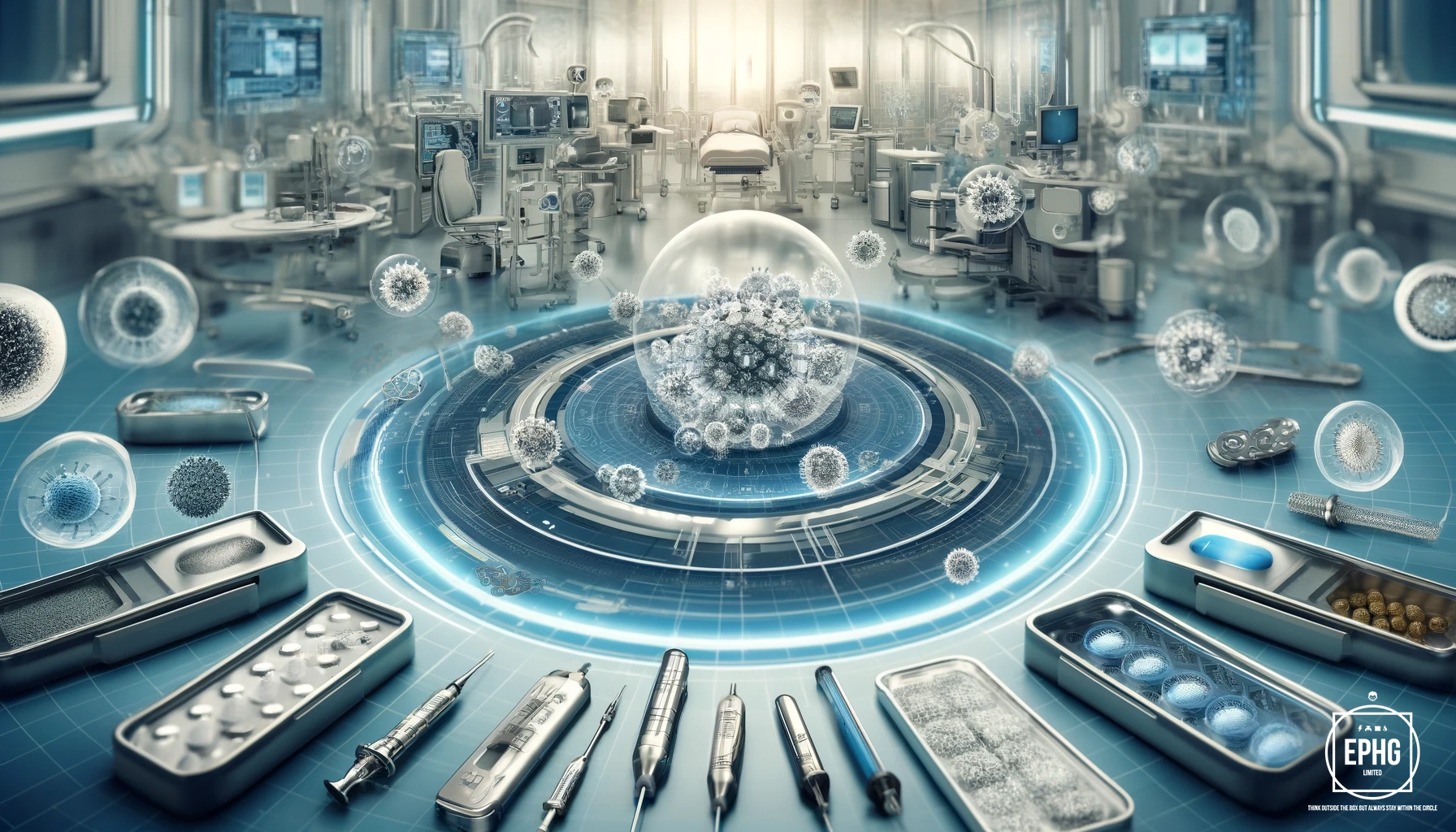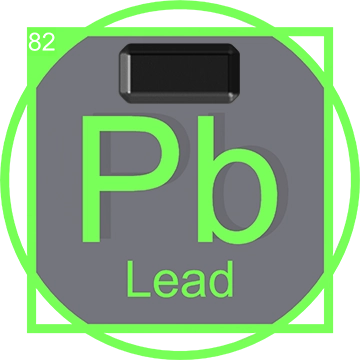Unveiling Silver (Ag): A Precious Metal with Infinite Possibilities
Discover the journey of silver, a key player in the periodic table and a cornerstone in various industries.
The Discovery and Historical Significance of Silver
Human fascination with silver stretches back to 5,000 BC, marking it as one of the first metals discovered and utilized by ancient civilizations. Its intrinsic value and unique properties have cemented silver's place in history as a symbol of wealth and technological advancement.
Understanding Silver on the Periodic Table

Silver, denoted by the symbol Ag (from the Latin 'argentum'), holds the atomic number 47 in the periodic table. As a transition metal, it boasts the highest electrical conductivity of all elements, making it indispensable in electronics, solar panels, and numerous other applications. This section will delve into the physical properties of silver, its chemical behavior, and its role in scientific advancements.
The Versatile Applications of Silver
Silver's utility spans several industries, making it a highly sought-after resource. Its antibacterial properties find uses in medical devices and water purification, while its reflectivity is harnessed in solar panels and mirrors. Not to forget, silver's role in investment and currency through silver bullion and coins, along with its timeless appeal in jewelry and silverware. This section explores the myriad ways silver touches our lives, highlighting its importance in technology, industry, and fashion.
Silver Mining and Global Reserves

The quest for silver has led to the exploration and development of significant silver mines worldwide. Countries like Mexico, Peru, and China lead in silver production, contributing to the global supply of this precious resource. This section will map out the key silver mining regions, discussing the extraction processes and the impact of mining on the economy and environment.
The Economic Impact of Silver
Silver's value goes beyond its physical attributes, playing a pivotal role in financial markets. As an investment asset, silver fluctuates in price, influenced by market demand, mining supply, and geopolitical factors.
As we've journeyed through the world of silver, it's clear that its role in the periodic table is just the beginning. Silver's contributions to science, technology, and the global economy showcase its versatility and enduring value. Whether for its scientific significance, industrial applications, or investment potential, silver continues to shine as a precious metal of infinite possibilities.
Exploring Silver: From Ancient Wealth to Future Technologies
An in-depth look at silver's journey from a precious metal to a cornerstone of modern innovation and its bright future in technology.
How Silver Is Produced

Silver production involves both primary mining activities and the processing of ore from other metal mining, where silver is a byproduct. The primary process includes ore extraction, crushing and grinding, flotation to concentrate the silver-bearing minerals, and smelting to separate the metal. Byproduct silver comes from the processing of metals like lead, zinc, copper, and gold, where silver is recovered from the residue of the primary metal's extraction process.
Key Silver Mines and Co-mined Resources
Silver is extracted from some of the world's largest mines, including:
- Fresnillo Mine, Mexico - The world's largest primary silver mine.
- Peñasquito Mine, Mexico - A leading producer of gold, lead, and zinc alongside silver.
- Polkowice-Sieroszowice Mine, Poland - Known for silver and copper production.
Common resources found alongside silver include lead, zinc, copper, and gold, reflecting silver's frequent occurrence as part of mineral compounds that also contain these metals.
One particular mine we could mention is the Badovac Mine in the Gracanica or Kosovo area.
Modern Uses of Silver

Today, silver is indispensable in various sectors. Its electrical conductivity makes it vital for electronics, used in everything from smartphones to solar panels. Silver's antimicrobial properties enhance medical devices and water purification systems. Additionally, silver remains a staple in photography, jewelry, and coinage, balancing its aesthetic appeal with functional versatility.
The Future of Silver in Science and Technology
The future of silver looks bright, with potential expansions into nanotechnology, where silver nanoparticles could be used for targeted drug delivery systems and advanced medical treatments. Renewable energy also stands to benefit from silver's conductive properties, particularly in enhancing the efficiency of solar cells and electrical connections in wind turbines. Moreover, ongoing research into superconductivity may open new avenues for using silver in quantum computing and high-performance electronics.

As we explore the multifaceted world of silver, it's clear that its value extends far beyond its monetary worth. From its critical role in modern industries to its promising future in cutting-edge technologies, silver remains a precious resource with endless possibilities.














